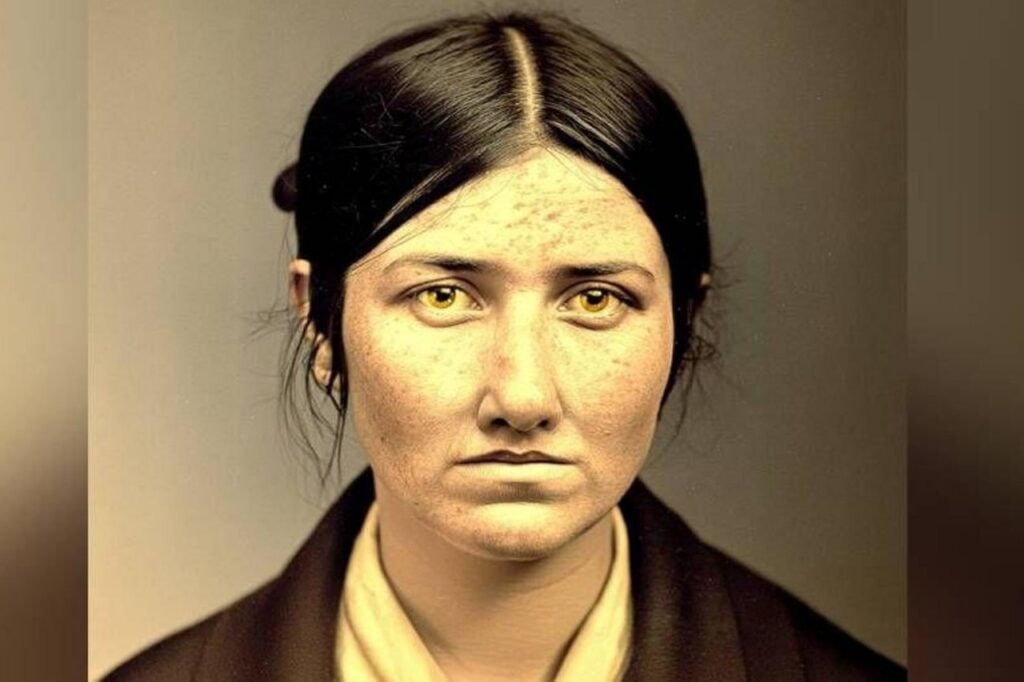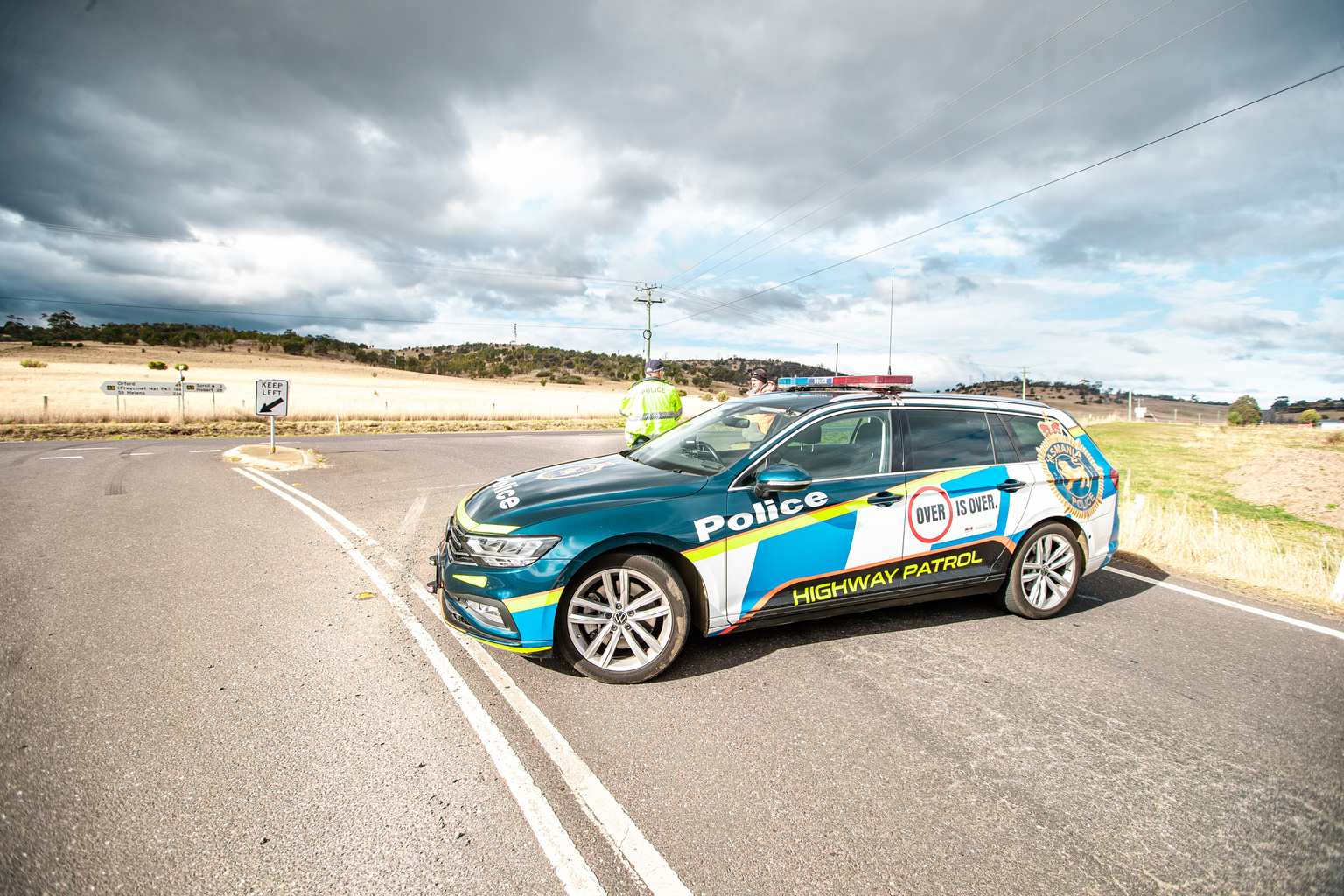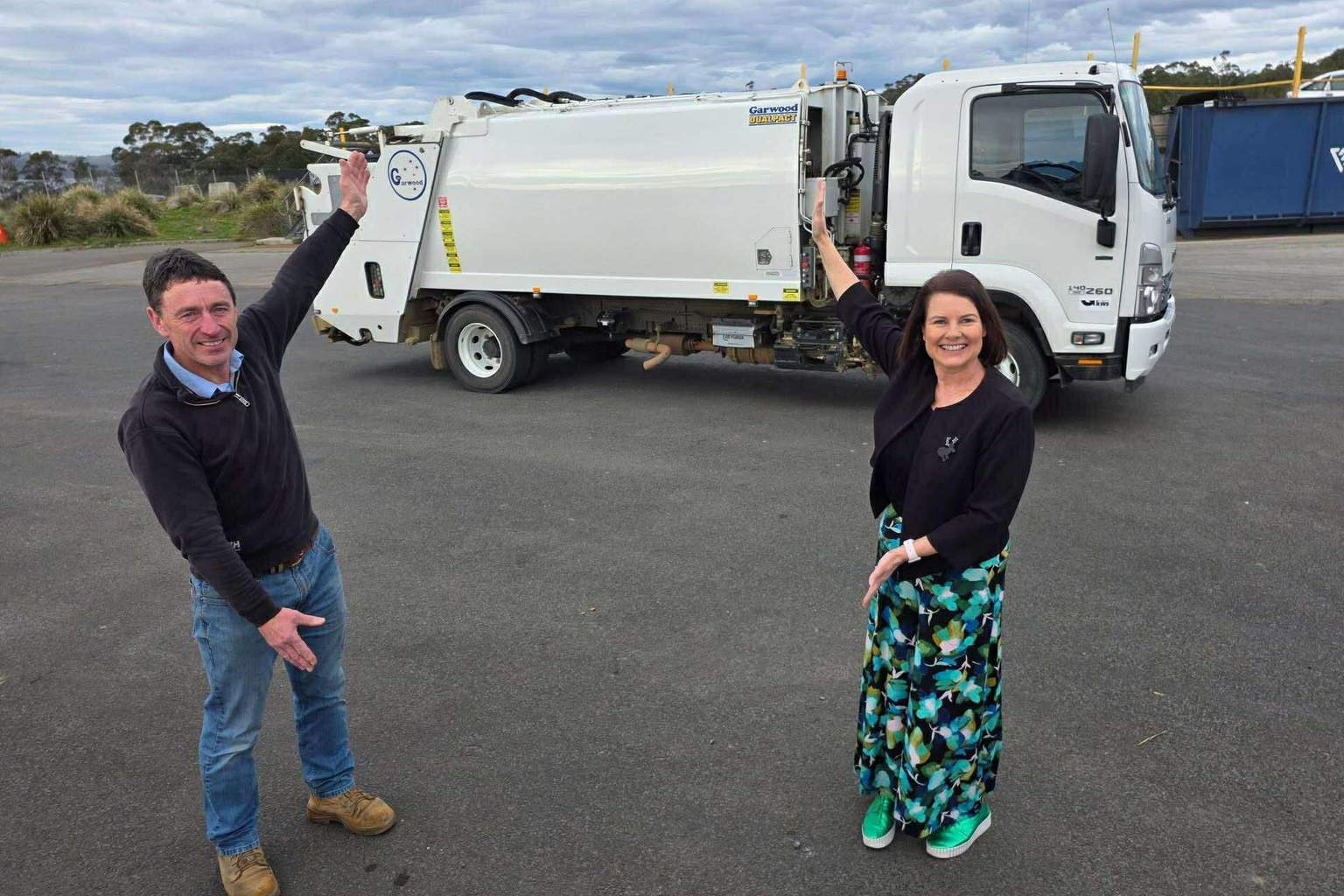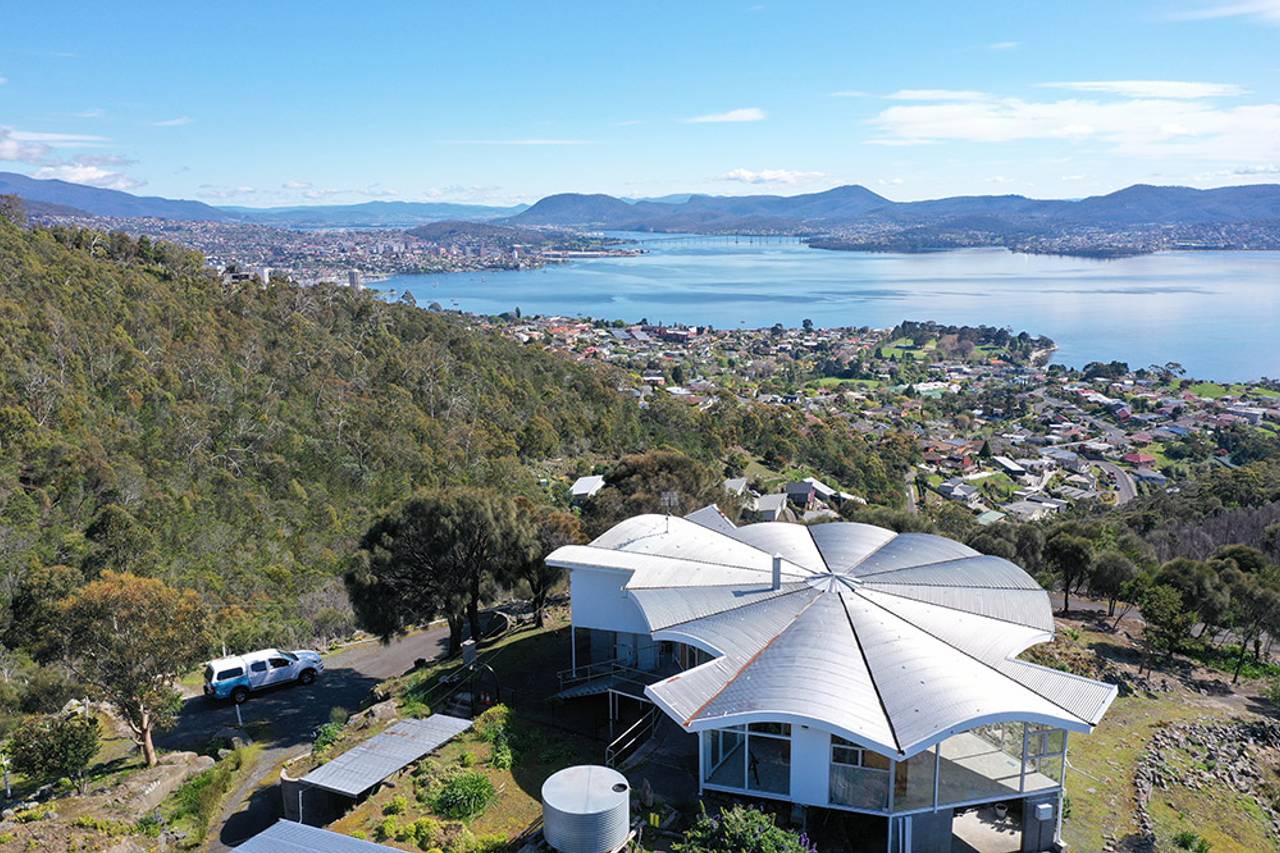Artificial intelligence has been used to reconstruct the faces of Welsh convicts transported to 19th-century Tasmania, offering a glimpse into the island state’s early years as a penal colony.
The digital project has brought back to life 60 people from Anglesey who were sent to what was then Van Diemen’s Land, many for offences that today would barely attract a fine.
Tasmania’s convict legacy runs deeper than anywhere else in Australia.
Around one in five Australians can trace their ancestry to transported prisoners, but in Tasmania the figure jumps to at least half the population.
“Increasingly – and I think especially Tasmanians – are proud that they’ve had a convict in the past,” Professor Hamish Maxwell-Stewart, a leading figure on convict life, told the BBC.
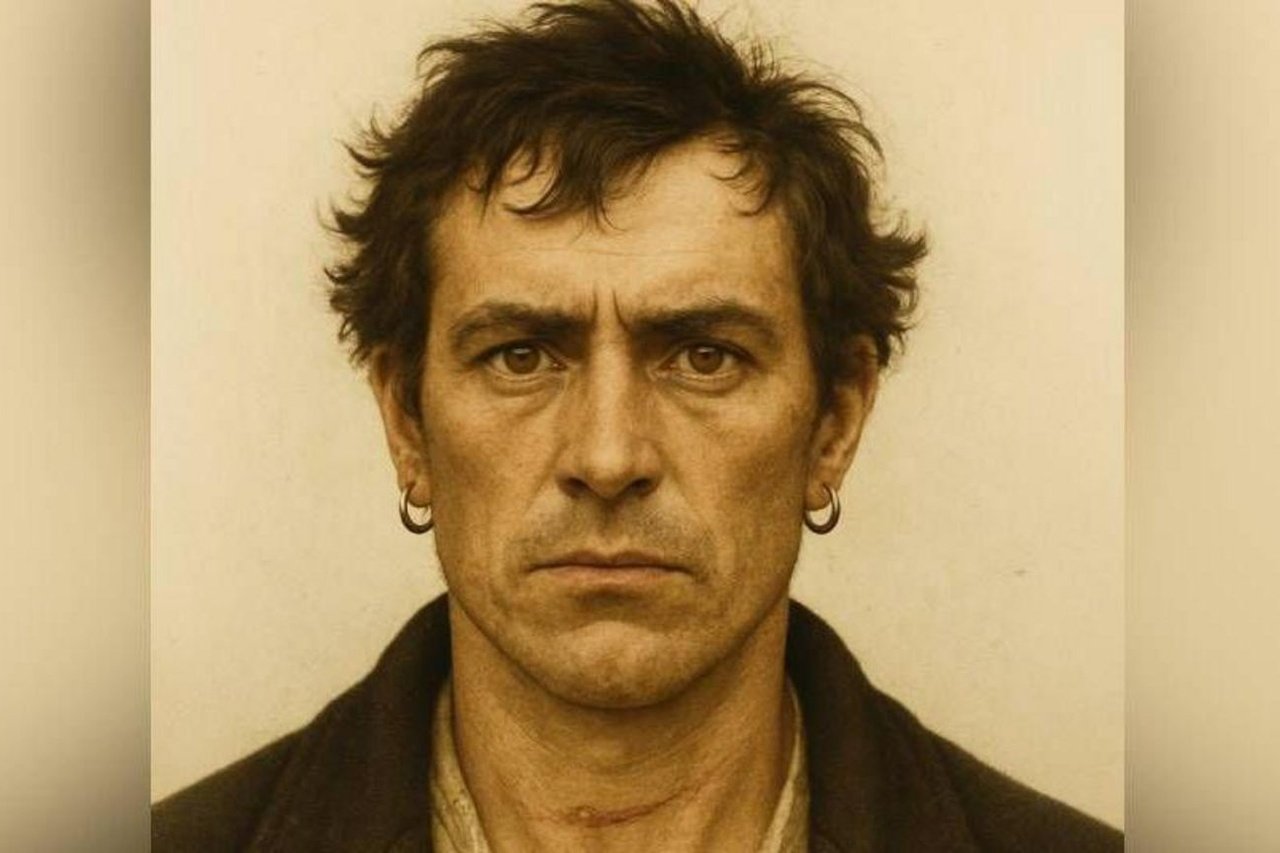
His research helped shape Hobart’s Unshackled memorial, now one of the state’s top-rated attractions on TripAdvisor.
Among the Welsh prisoners was John Frost, a Chartist leader whose death sentence was reduced to Van Diemen’s Land transportation.
Others endured severe punishments for minor crimes. John Hughes was given 10 years for stealing a handkerchief and a glass.
Ann Williams was transported to Hobart in 1842, after being sentenced to a decade behind bars for theft.
The images, created by the National Trust of Tasmania, draw on original descriptive records and 19th-century photographs.
The Unshackled display features details of the convicts’ lives, their sentences and AI portraits.

